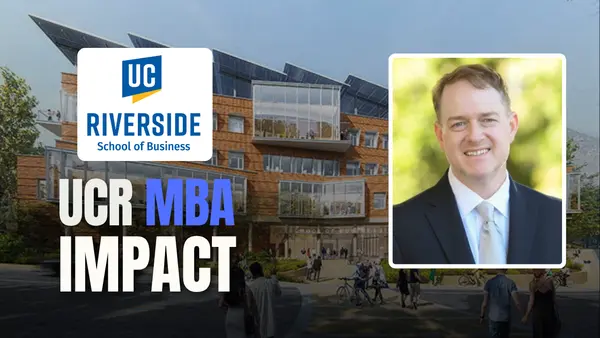Events & Promotions
|
|

GMAT Club Daily Prep
Thank you for using the timer - this advanced tool can estimate your performance and suggest more practice questions. We have subscribed you to Daily Prep Questions via email.
Customized
for You
Track
Your Progress
Practice
Pays
Not interested in getting valuable practice questions and articles delivered to your email? No problem, unsubscribe here.
- Nov 20
07:30 AM PST
-08:30 AM PST
Learn what truly sets the UC Riverside MBA apart and how it helps in your professional growth - Nov 22
11:00 AM IST
-01:00 PM IST
Do RC/MSR passages scare you? e-GMAT is conducting a masterclass to help you learn – Learn effective reading strategies Tackle difficult RC & MSR with confidence Excel in timed test environment - Nov 23
11:00 AM IST
-01:00 PM IST
Attend this free GMAT Algebra Webinar and learn how to master the most challenging Inequalities and Absolute Value problems with ease. - Nov 25
10:00 AM EST
-11:00 AM EST
Prefer video-based learning? The Target Test Prep OnDemand course is a one-of-a-kind video masterclass featuring 400 hours of lecture-style teaching by Scott Woodbury-Stewart, founder of Target Test Prep and one of the most accomplished GMAT instructors.
Kudos
Bookmarks
AkhilAggarwal
The relevant portion of the passage tells us that the problem was more fundamental than the situation you're describing. "But the debate could not be resolved because no one was able to ask the crucial questions in a form in which they could be pursued productively." If we're designing equipment to be used in space, we still may know a great deal about space, and about the necessary constraints to consider when building the equipment. We need a case in which the researchers don't even know what questions to ask. The rest of the paragraph says that scientists struggled to figure out WHY these processes happened, because they barely knew WHAT happened. What molecules worked as determinants? That fits with D. It's hard to have a theory about how we develop language if we don't even really know how language works.
Manoj1998
Joined: 12 Dec 2019
Last visit: 28 May 2025
Posts: 14
Given Kudos: 277
Location: India
Schools: HEC MiM "24
GMAT 1: 670 Q50 V30

Kudos
Bookmarks
GMATNinja, GMATNinjaTwo, or anyone tq in advance
hi can anyone please explain the q1- who is this passage directed to and q2- inference about the MD's and from where and how is that inference drawn.
hi can anyone please explain the q1- who is this passage directed to and q2- inference about the MD's and from where and how is that inference drawn.
Kudos
Bookmarks
Question 1
Manoj1998
Let's start by identifying the author's purpose in each paragraph:
- Paragraph 1: To present historical biological findings from over the past century which raise questions about cell determination in embryos
- Paragraph 2: To pose a question -- when are cells in embryos determined, and what determines them (i.e. what are their "morphogenetic determinants")?
- Paragraph 3: To present findings, made by current biologist Paul Gross, which help answer the above question
- Paragraph 4: To explain the findings of Paul Gross and other biologists using simple examples (comparing DNA to beads on a string).
Let's now take a look at question 1:
Quote:
There is no discussion of funding biology laboratories, so (A) is out.
Quote:
The passage discusses historical biological findings from a century ago, yet scientists "specializing in molecular biology" would likely be familiar with these findings already. It also uses simple language and examples (comparing DNA to beads on a string) that would be more appropriate for a beginner biology student than a professional scientist. (B) is out.
Quote:
The focus of the passage is not Paul Gross, but the biology of cell determination in embryos. Paul Gross is only mentioned to further this discussion of embryos, so (C) is out.
Quote:
The passage is primarily concerned with the development of embryos, not the development of new species. Eliminate (D).
Quote:
The passage discusses both the history of biology and current biological questions. While it goes into detail about these questions, it explains the concepts with simple language and everyday examples (DNA is like beads on a string), so it would be appropriate for a college biology major. (E) is the best answer.










